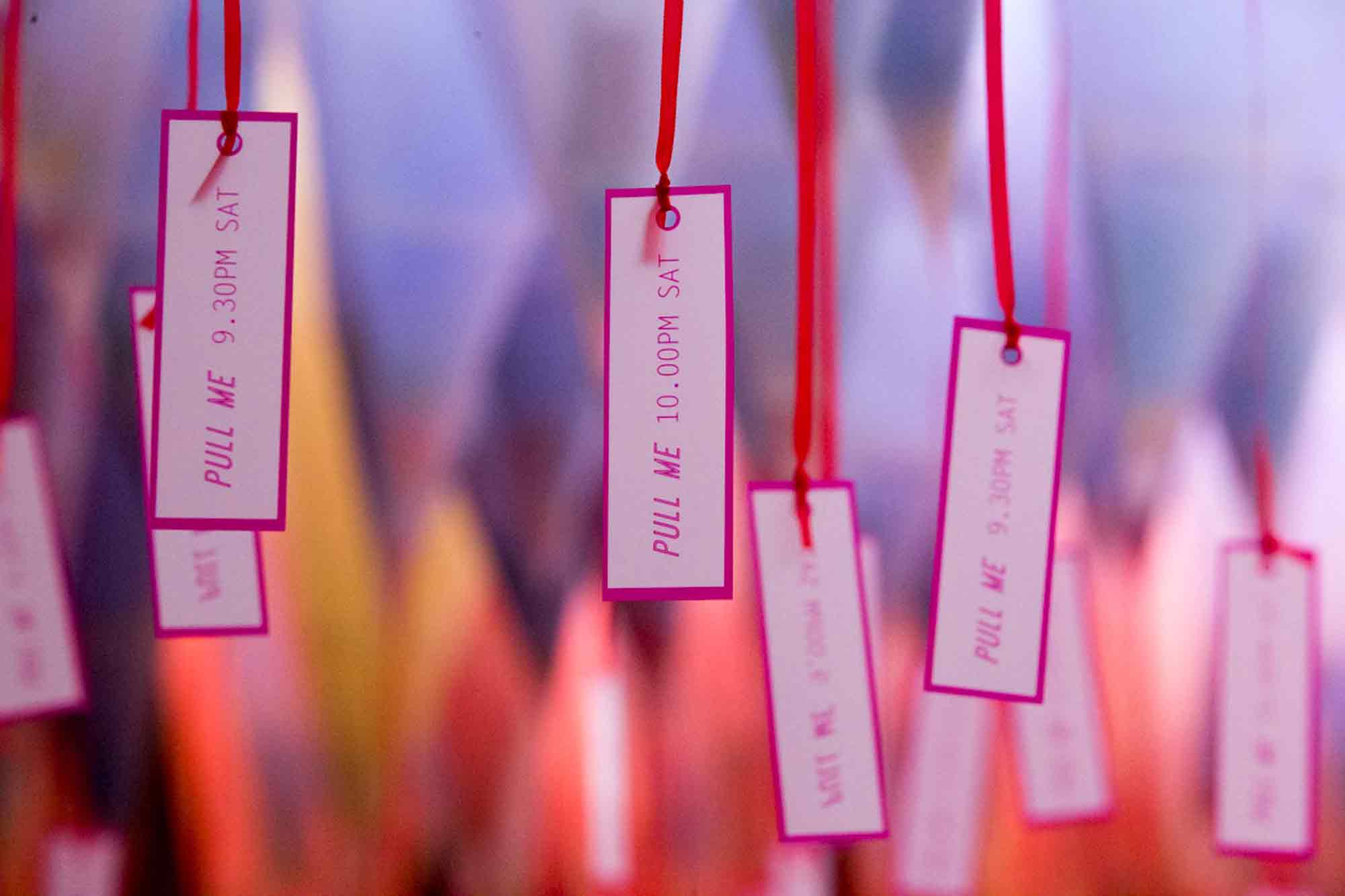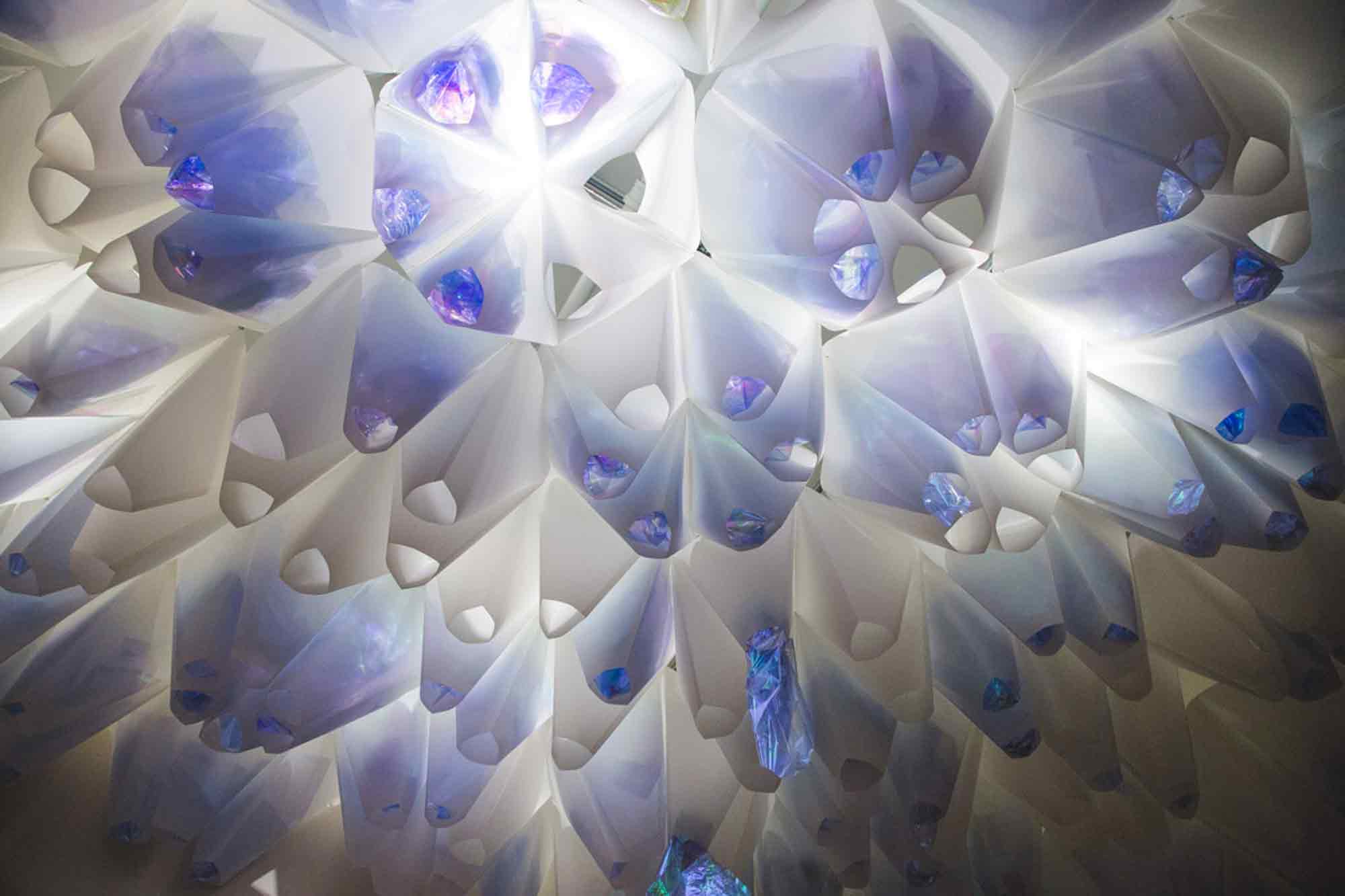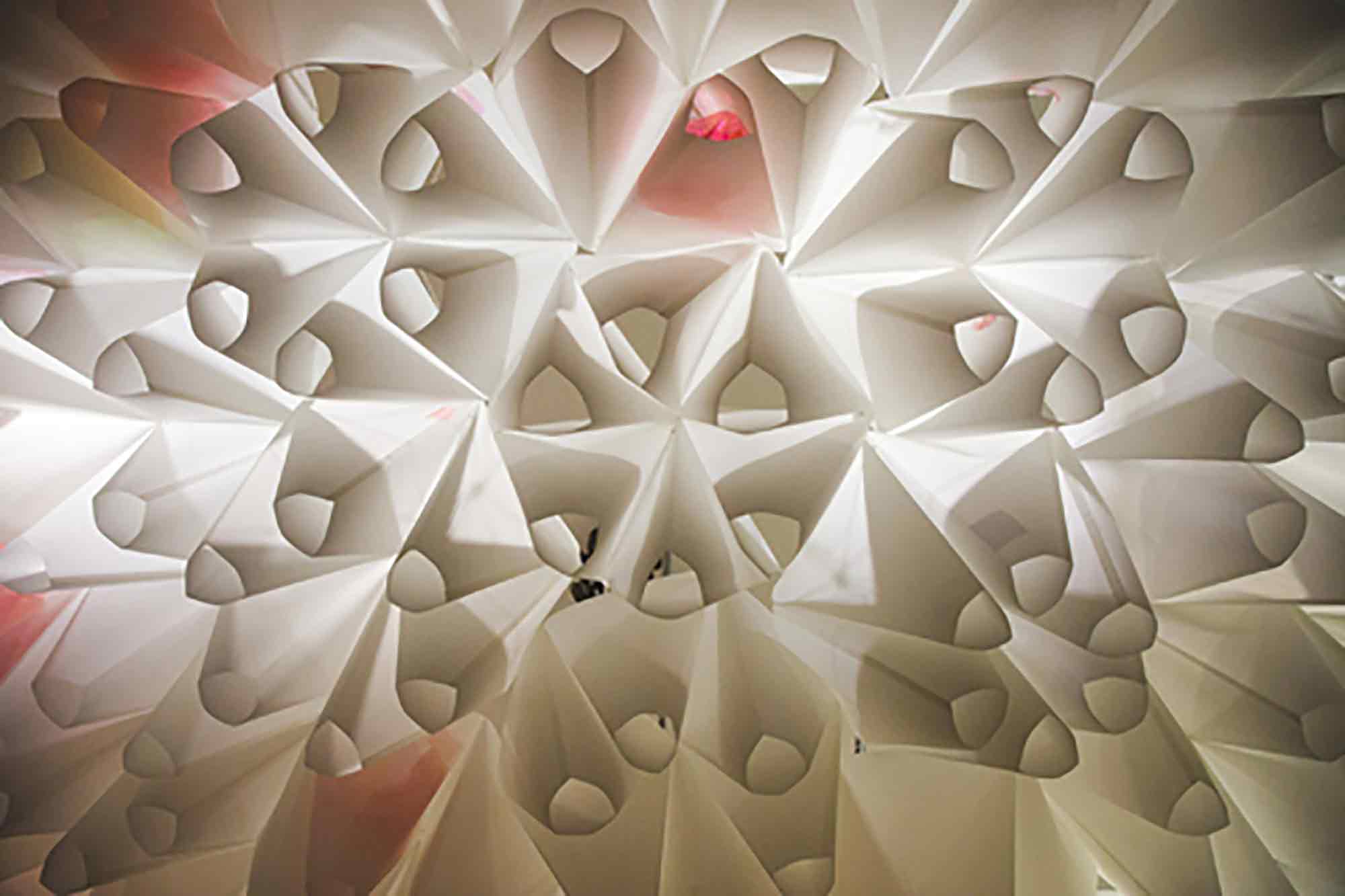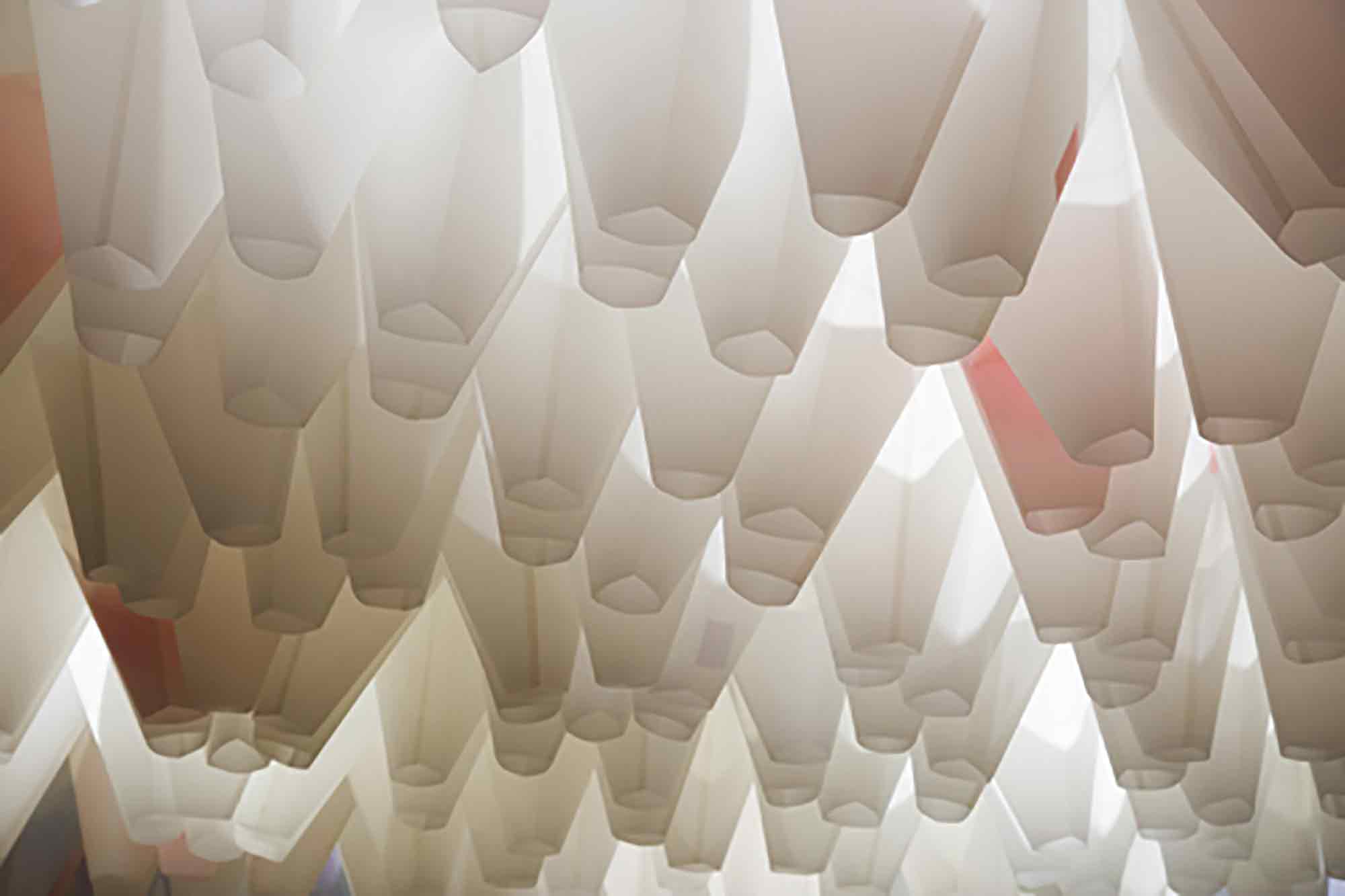- Login
Critical Spatial Practice






Our everyday environment is comprised of interconnected narratives of space and people which interact to form a web of complex relationships. This installation enhanced these relationships where color, light and time were the variables explored in a full-scale installation that sought to engage the public realm, whereby viewers became participants.
Patterns of occupation leave a record of use over time, marking the temporary within the permanent. This relationship was the starting point for the design of a project titled Hanging Matters that activated a space through orchestrated events that initiated the interaction of guests and interiors, and resulted in change over time.
Site and program provided the context for Hanging Matters, a full-scale installation in a landmark historic hotel where designers and artists transform spaces as part of an annual citywide event. Our team was selected to design an installation for a hallway that hosted the opening night party in this building. The party meant that the hallway would be filled with attendees and little room for movement. As a result, our team looked upward to the ceiling as the site of installation with a need to accomplish the following tasks: draw the viewers gaze upward, contribute to a celebratory atmosphere, and engage viewers so that they become participants in transforming the space resulting in a registration of participant use over time.
The installation sought to capture people’s attention through the creation of a dynamic and layered ceiling plane using light, color and cone shaped piñatas as the ceiling fabric. Material studies with light, color, translucency and iridescence led to the final design for a ceiling that recalled Mexican piñatas, where cones open up to drop party favors. As viewers moved through the hallway, the experience of color in the ceiling plane changed from one end to the other. At the bottom of each cone, a red ribbon invited viewers to pull the bottom of the cone away resulting in a ceiling that changed shape, texture and color over the course of the evening. Through the change of ceiling plane, the installation above mirrored the activity below, registering time and change, resulting in a catalogued topography of party happenings.
Jordan Evans, Evan Jerry and Ryla (Jakelski) Gutbier were students in the School of Interior Design at Ryerson University in Toronto at the time of the installation. Jordan Evans is currently an Associate at STUDIOS Architecture in New York City; Evan Jerry is founder of the design office Studio Anansi based in London, and Ryla Jakelski is an Interior Design Lead at WeWork in Berlin.
Lois Weinthal was the faculty advisor for the project where she is a Professor and Chair of the School of Interior Design at Ryerson University. She is the editor of Toward a New Interior: An Anthology of Interior Design Theory, and co-editor of After Taste: Expanded Practice in Interior Design with Kent Kleinman and Joanna Merwood-Salisbury (both Princeton Architectural Press, 2011); and co-editor of The Handbook of Interior Architecture and Design with Graeme Brooker (Bloomsbury, 2013). She is currently the Editor-in-Chief of the journal, Interiors: Design/Architecture/Culture. She holds the position of Honorary Professor at the Glasgow School of Art. She studied architecture at Cranbrook Academy of Art and the Rhode Island School of Design.
When starting a project, I know there will be a set of variables inherent to the topic being explored. These variables give physical manifestation to the work even though the perceived outcome might be a combination of physical and ephemeral. Variables are taken through a set of exercises, almost gymnastic in nature in order to let go of preconceptions, such as gravity. The goal is to generate alternative forms that are inherent to the design project but could not have been envisioned at the onset. The outcome seeks to establish a design strategy where the outcome is not known until multiple variables intersect. – Lois Weinthal
Works of Korean artist Do Ho Suh
Georges Perec, Species of Spaces and Other Pieces, [1974] ed. John Sturrock (London: Penguin Books, 1997).
Juhani Pallasmaa, ‘An Architecture of the Seven Senses,’ in Questions of Perception, ed. Steven Holl, Alberto Pérez-Gómez, Juhani Pallasmaa, (Tokyo: a+u Publishing Co., Ltd., 1994).



































































